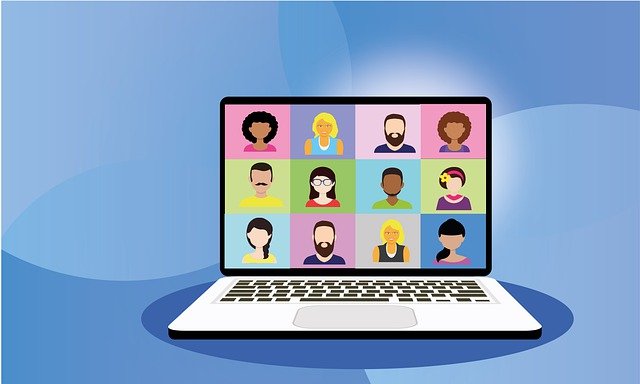Technology has taken over the world, and so has the modern way of looking at things. Now the brands are recognized through their websites and social media. The presence is dependent more on availability online than on a call.
In short, the customer support is still there but not if the language barrier is unidentified. Today, the battle of the brands is more battle of manual and online translation. The reach of your website will be and should be around the world. Ideally, it should be localized enough for the audience with a different understanding of the language.
Easier words, getting your website translated from a native speaker is much better than getting it translated from a robot or online. Since everything is available on hand, some websites are providing such authentic translation services. This amenity will help you get traffic from around the world, speaking different languages.
Artificial language
We are all trying to show our company, brand, business in the best light possible. But when we translate it through some translation apps, the message seems to miss the point. If you hire a professional translation agency to do this work, they will get it done from a professional native speaker translator.
Don’t get me?
Understand this. If your audience is from Germany and unable to understand English, the proffessional translation company will engage an experienced native German translator to translate the whole website for you.
If your German translation is not done right, it will turn out as unprofessional and inappropriate to the audience. The attitude of DON’T CARE ENOUGH TO GET IT TRANSLATED RIGHT will send away the traffic, lowering your website’s worth.
That’s obviously what you DON’T want.
Easy as one, two, three
Translation and localization go sideways. You can have the context translated, but what about the graphics, posts, images, and headings? The main purpose is to give the right FIRST impression to the audience. The impression should be that the owner is there for people of all cultures, languages, cycles, etc.
Here are a few steps to do this,
Easy Step#1: Translating the content correctly and letting a native speaker read it aloud. It is the first step to make your business thrive in countries like Germany, Nordic, and Poland.
Easy Step#2: Localization is the second step. Not only the context but the pictures, alt-text, all of it should make sense. It should be market-appropriate and doesn’t signify the wrong stance.
Easy Step#3: The final step is ensuring none of the content or graphics on the website gives an unprofessional attitude towards the visitor. It might leave a scar on your website, never letting your traffic come back.
But everybody speaks English, don’t they?
Well, yes. Everybody speaks English. But would you be comfortable reading a language that you find challenging to read or understand? That’s why manual translation from a native speaker is necessary to translate context directly into the visitor’s language.
When we talk about localization, it means withdrawing of bad impression from your website. There is no saturated audience, just your services, reaching out to millions of websites around the world and getting it done right.
Increase Website Traffic
Manual translation instead of robotic translation gives an increase in website traffic. If you see the analysis increased, that means localization is done right. With the increased demand for localized translation, your website will have improved authenticity and be subjected to a team of professionals.
That’s what we want.
Convert Visitors to Loyal Customers
After proving your audience that you care, this amenity will turn them into loyal customers and signify your company’s importance.
Final Thoughts
That’s how the battle between the manual and online translation ends. The manual always wins. That doesn’t mean it cannot be done online. That’s also online, but a native speaker rewrites the content and everything that comes with it.

